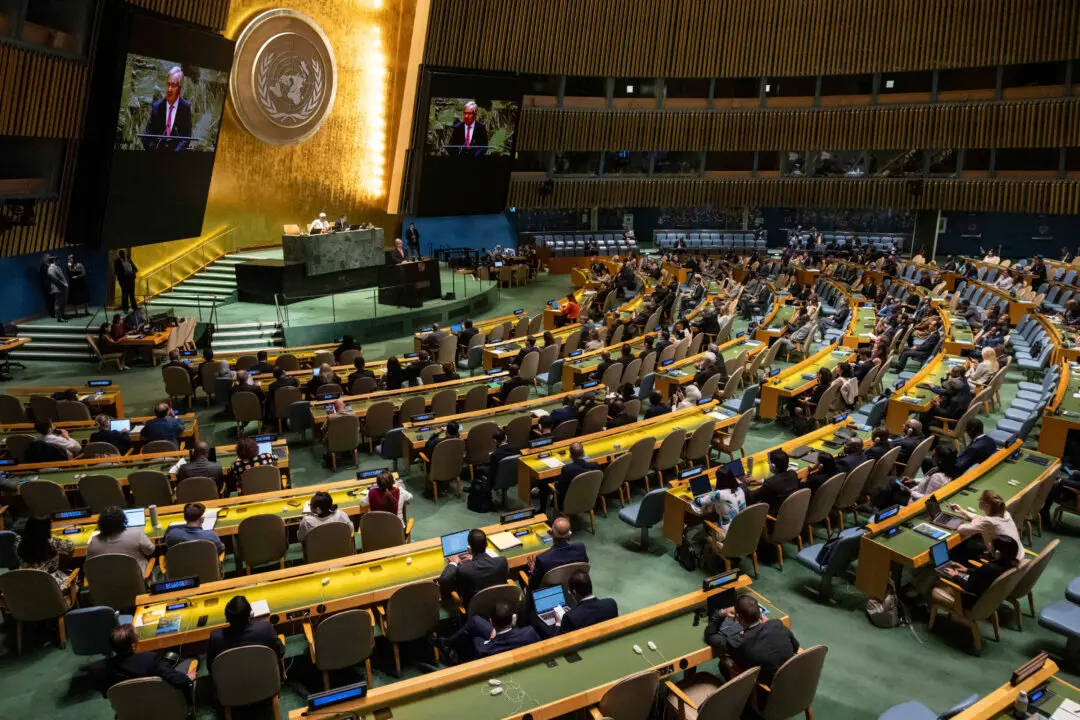After struggling for over a decade to bring inflation up to their target rates, central banks of the world are now faced with the inverse problem—rising inflation, Agustín Carstens, General Manager of the Bank for International Settlements (BIS), said in a speech at the International Center for Monetary and Banking Studies on April 5.
“A key message is that we may be on the cusp of a new inflationary era. The forces behind high inflation could persist for some time. New pressures are emerging, not least from labor markets, as workers look to make up for inflation-induced reductions in real income. And the structural factors that have kept inflation low in recent decades may wane as globalization retreats,” Carstens said in his speech (pdf).





